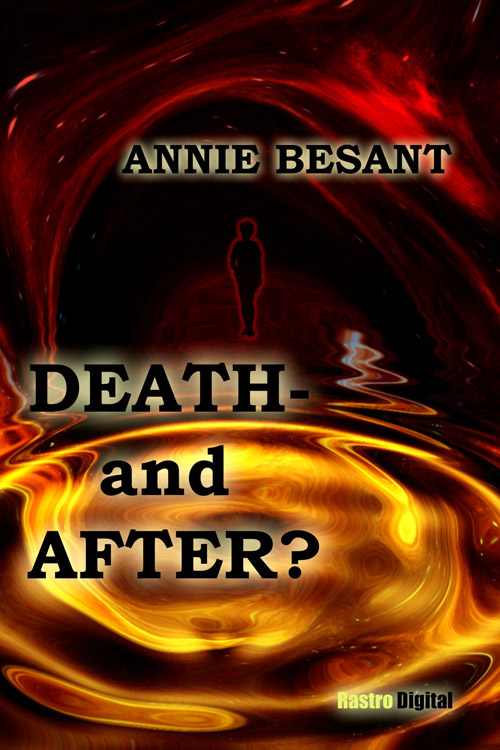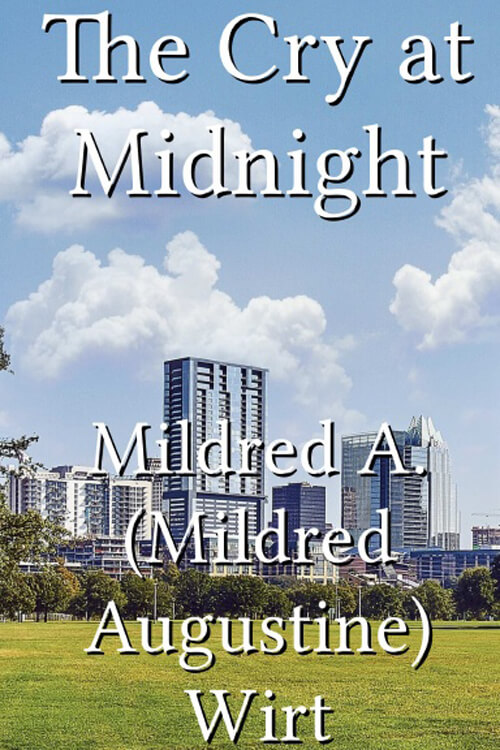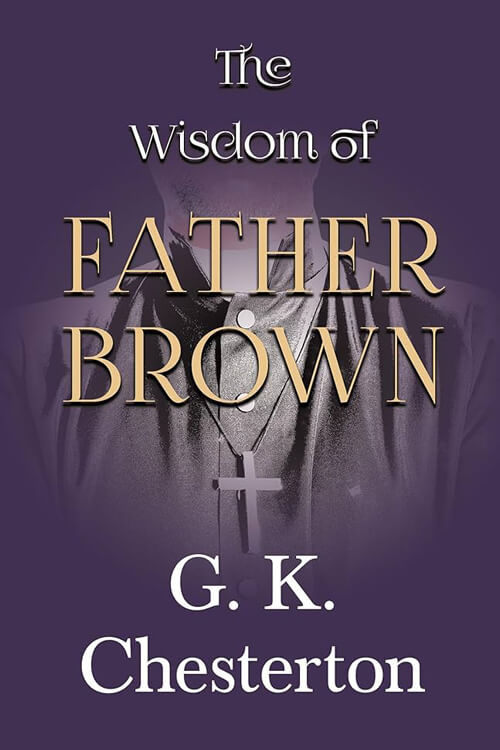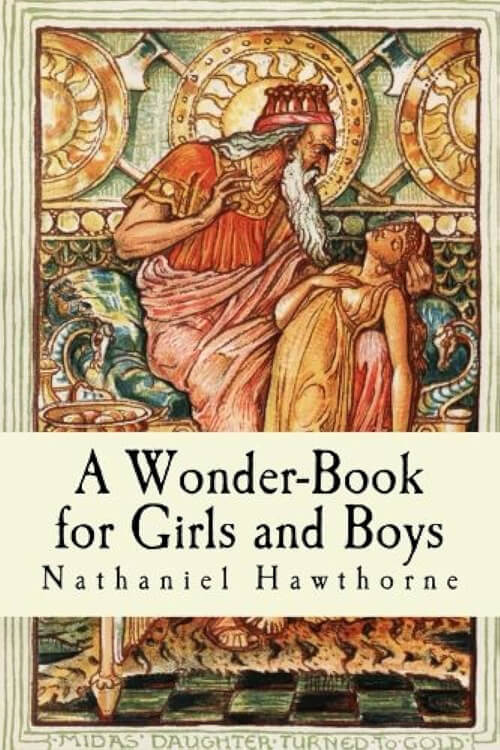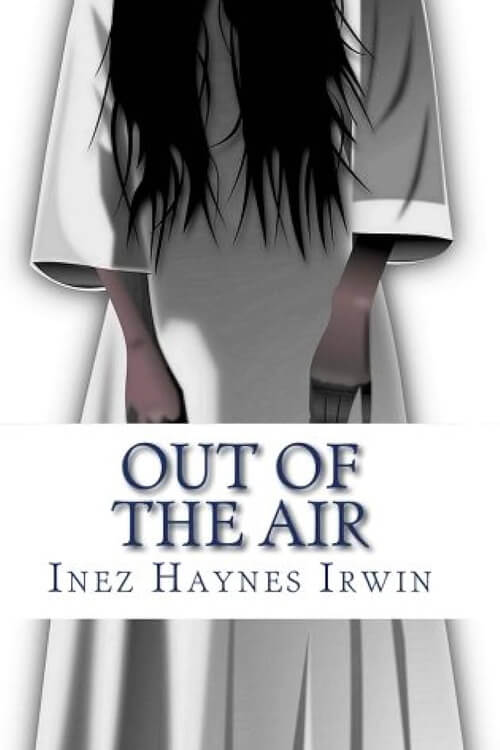
Death – and After?
Who does not remember the story of the Christian missionary in Britain, sitting one evening in the vast hall of a Saxon king, surrounded by his thanes, having come thither to preach the gospel of his Master; and as he spoke of life and death and immortality, a bird flew in through an unglazed window, circled the hall in its flight, and flew out once more into the darkness of the night. The Christian priest bade the king see in the flight of the bird within the hall the transitory life of man and claimed for his faith that it showed the soul, in passing from the hall of life, winging its way not into the darkness of night, but into the sunlit radiance of a more glorious world. Out of the darkness, through the open window of Birth, the life of a man comes to the earth; it dwells for a while before our eyes; into the darkness, through the open window of Death, it vanishes out of our sight. And man has questioned ever of Religion, Whence comes it? Whither goes it? and the answers have varied with the faiths. Today, many a hundred years since Paulinus talked with Edwin, more people in Christendom question whether a man has a spirit to come anywhere or to go anywhither than, perhaps, in the world’s history could ever before have been found at one time. And the very Christians who claim that Death’s terrors have been abolished, have surrounded the bier and the tomb with more gloom and more dismal funeral pomp than have the votaries of any other creed. What can be more depressing than the darkness in which a house is kept shrouded, while the dead body is awaiting sepulture? What more repellent than the sweeping robes of lustreless crape, and the purposed hideousness of the heavy cap in which the widow laments the “deliverance” of her husband “from the burden of the flesh”? What more revolting than the artificially long faces of the undertaker’s men, the drooping “weepers”, the carefully-arranged white handkerchiefs, and, until lately, the pall-like funeral cloaks? During the last few years, a great and marked improvement has been made. The plumes, cloaks, and weepers have well-nigh disappeared. The grotesquely ghastly hearse is almost a thing of the past, and the coffin goes forth heaped over with flowers instead of shrouded in the heavy black velvet pall. Men and women, though still wearing black, do not roll themselves up in shapeless garments like sable winding sheets, as if trying to see how miserable they could make themselves by the imposition of artificial discomforts. Welcome, common sense has driven custom from its throne and has refused any longer to add these gratuitous annoyances to natural human grief.
In literature and art, alike, this gloomy fashion of regarding Death has been characteristic of Christianity. Death has been painted as a skeleton grasping a scythe, a grinning skull, a threatening figure with a terrible face and uplifted dart, a bony scarecrow shaking an hour-glass—all that could alarm and repel has been gathered around this rightly-named King of Terrors. Milton, who has done so much with his stately rhythm to mold the popular conceptions of modern Christianity, has used all the sinewy strength of his magnificent diction to surround with horror the figure of Death.
Read or download Book
Annie Besant
Annie Besant (1 October 1847 – 20 September 1933) was a British socialist, theosophist, freemason, women’s rights and Home Rule activist, educationist, and campaigner for Indian nationalism. She was an ardent supporter of both Irish and Indian self-rule. She became the first female president of the Indian National Congress in 1917.
For fifteen years, Besant was a public proponent in England of atheism and scientific materialism. Besant’s goal was to provide employment, better living conditions, and proper education for the poor. She became a prominent speaker for the National Secular Society (NSS), as well as a writer, and a close friend of Charles Bradlaugh. In 1877 they were prosecuted for publishing a book by birth control campaigner Charles Knowlton. Thereafter, she became involved with union actions, including the Bloody Sunday demonstration and the London matchgirls strike of 1888. She was a leading speaker for both the Fabian Society and the Marxist Social Democratic Federation (SDF). She was also elected to the London School Board for Tower Hamlets, topping the poll, even though few women were qualified to vote at that time.
In 1890 Besant met Helena Blavatsky, and over the next few years, her interest in theosophy grew, whilst her interest in secular matters waned. She became a member of the Theosophical Society and a prominent lecturer on the subject. As part of her theosophy-related work, she traveled to India. In 1898 she helped establish the Central Hindu School, and in 1922 she helped establish the Hyderabad (Sind) National Collegiate Board in Bombay (today’s Mumbai), India. The Theosophical Society Auditorium in Hyderabad, Sindh (Sindh) is called Besant Hall in her honor. In 1902, she established the first overseas Lodge of the International Order of Co-Freemasonry, Le Droit Humain. Over the next few years, she established lodges in many parts of the British Empire. In 1907 she became president of the Theosophical Society, whose international headquarters were, by then, located in Adyar, Madras, (Chennai).
Besant also became involved in politics in India, joining the Indian National Congress. When World War I broke out in 1914, she helped launch the Home Rule League to campaign for democracy in India, and dominion status within the British Empire. This led to her election as president of the Indian National Congress, in late 1917. In the late 1920s, Besant traveled to the United States with her protégé and adopted son Jiddu Krishnamurti, who she claimed was the new Messiah and incarnation of Buddha. Krishnamurti rejected these claims in 1929. After the war, she continued to campaign for Indian independence and the causes of theosophy, until she died in 1933.
Early life
Annie Wood was born on 1 October 1847 in London, the daughter of William Burton Persse Wood (1816–1852) and his wife Emily Roche Morris (died 1874). Her father was English, attended Trinity College Dublin, and attained a medical degree; her mother was an Irish Catholic. Her paternal grandfather Robert Wright Wood was a brother of Sir Matthew Wood, 1st Baronet.
Annie’s father died when she was five years old, leaving a son, Henry Trueman Wood, and one daughter. Her mother supported Henry’s education at Harrow School, by running a boarding house there. Annie was fostered by Ellen Marryat, sister of the author Frederick Marryat, who ran a school at Charmouth, until age 16. She returned to her mother at Harrow self-confident, aware of a sense of duty to society, and under the influence of the Tractarians. As a young woman, she was also able to travel to Europe.
In the summer of 1867, Annie and her mother stayed at Pendleton near Manchester with the radical solicitor William Prowting Roberts, who questioned Annie’s political assumptions. In December of that year, at age 20, Annie married the cleric Frank Besant (1840–1917), younger brother of Walter Besant, an evangelical, serious Anglican.
Failure of the marriage
The Rev. Frank Besant was a graduate of Emmanuel College, Cambridge, ordained priest in 1866, but had no living: in 1866 he was teaching at Stockwell Grammar School as second master, and in 1867 he moved to teach at Cheltenham College as assistant master. In 1872, he became vicar of Sibsey in Lincolnshire, a benefice in the gift of the Lord Chancellor—who was Lord Hatherley, a Wood family connection, son of Sir Matthew Wood, 1st Baronet. The Besant family, with their two children, Arthur and Mabel, moved to Sibsey, but the marriage was already under strain. As Annie wrote in her Autobiography, “We were an ill-matched pair”.

